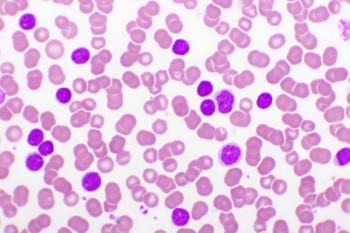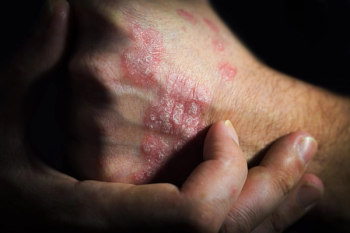
Diabetes-Related Mortality Rates Decrease in Urban Areas, Remain Stagnant in Rural
A new study has found that diabetes-related deaths in rural areas did not decrease for the period of 1999 to 2019, tripling the mortality gap between urban and rural patients with diabetes.
Disparities in
The diabetes-related mortality rate has decreased in the United States overall, but an evaluation of this decrease by region has not been conducted, according to the study authors. They used the CDC Wide-ranking Online Data for Epidemiologic Research Mutliple Cause of Death database to obtain death certificates for United States citizens for the study period. All death certificates listed cause of death and up to 20 additional causes. Demographic data were also found on the certificates.
The population was divided into urban and rural groups based on 2013 US Census classification. Mortality rates were calculated for each year, and age-adjusted mortality rates (AAMRs) were presented per 100,000 population.
There were 1,572,536 death certificates that listed diabetes as the cause of death and 5,025,745 certificates that listed diabetes as a contributing cause of death, of which 79.8% and 79.5%, respectively, were in urban counties. The AAMR of diabetes was higher in rural areas vs urban areas across age, sex, and ethnicity groups. There was a decrease in the AAMR of diabetes as the underlying (–16.7%) and contributing (–13.5%) cause of death in urban areas, but no temporal change in the AAMR of diabetes as the underlying (+2.6%) or contributing (+8.9%) causes of death in rural areas. The difference in the AAMR between rural and urban areas increased from 2.0 to 6.8 as the underlying cause of death and from 6.8 to 24.3 as the contributing cause of death.
The AAMRs of diabetes were higher in men compared with women and decreased more significantly in female individuals in urban and rural areas.
People 54 years and younger saw a temporal increase in diabetes-associated AAMR, which was larger in rural areas in both the underlying (+59.0% vs +14.7% in urban) and contributing (+65.2% vs +13.8%) causes of death. There was a large decrease in the AAMR in urban areas (–20.6% and –15.6% for underlying and contributing cause of death, respectively) for older patients but this did not apply for rural areas (–4.8% and +3.7%, respectively).
American Indian and Black patients had higher AAMRs compared with Asian and White patients, and the AAMRs were higher in rural areas for each ethnic group. The AAMRs of American Indians decreased in all areas (–19.8% to 40.5%), while those of Black patients decreased significantly in urban (–28.3% and –26.6% for underlying and contributing causes of death) but not in rural areas (+1.8% and –6.5%, respectively). Similar findings were found in White patients.
There were some limitations to this study. Key sociodemographic characteristics were the only way to examine disparities, making findings in relation to race in a heterogeneous group of patients hard to read. Baseline comorbidities and potential confounders could not be adjusted for in the study, and urbanization was determined by place of death, which does not account for migration in older age.
Diabetes-related mortality has thus far decreased in the United States but rural counties are not seeing this decrease. The rural-urban diabetes-related mortality gap has nearly tripled from 1999 to 2019 in mainly male patients and in those younger than 55 years.
Reference
Kobo O, Van Spall HGC, Mamas MA. Urban-rural disparities in diabetes-related mortality in the USA 1999-2019. Diabetologia. Published online September 10, 2022. doi:10.1007/s00125-022-05785-4
Newsletter
Stay ahead of policy, cost, and value—subscribe to AJMC for expert insights at the intersection of clinical care and health economics.









































